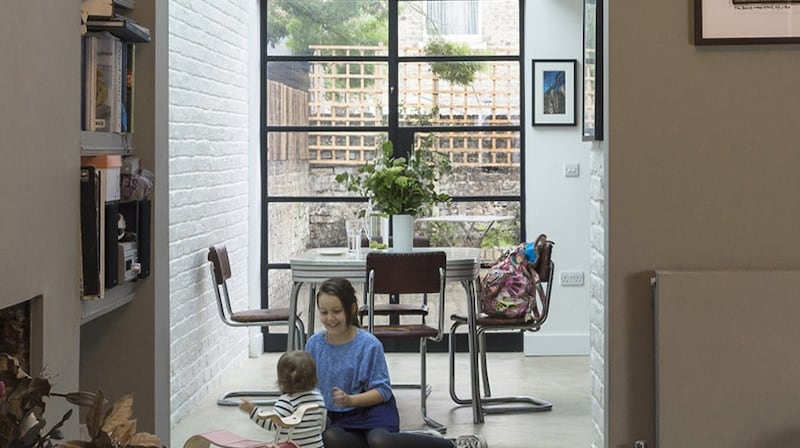With the cost of building and renovating going up all the time, many people simply don’t have the budget to carry out all of the works on their wish lists. Rather than compromising they are planning to phase the works to their home.
But phasing isn’t the ideal solution. It is better to get everything done in one go if you can. It will be less disruptive and more cost effective. But if you simply don’t have the budget to do everything at once, a phased approach – if planned properly – can work well.
You should approach the project as though you were going to get everything done at the same time. This means designing the entire scheme as you intend it to be when all phases of the works are complete.

If the work that you intend to do needs planning permission, include the whole lot in your application. For example, we have clients who are planning a rear extension, garage conversion and to extend over their garage at first floor. Their plan is to do the first-floor works at a later date but they decided to include this in their planning application to avoid having to go through the process again. Not only will this save you paying planning and professional fees twice but it will also mean that you only have to get the ‘OK’ from your neighbours once. Your planning approval will be valid for five years and you will be able to apply for an extension of time if you need to.
Make sure the work you do in phase 1 won’t need to be dramatically undone to carry out phase 2. This is why it’s so important to have a really good understanding of what the end result will be. Once you know how the layout is going to work you will easily be able to work backwards to see how best to split the works to ensure that phase 2 can go ahead with as little disruption to the finished work as possible.
When you are getting the phase 1 works done, include anything that would cause any major upheaval were it to be done in phase 2. Things like plumbing for solar panels can be included in the first phase and the panels themselves added at a later date. Similarly if you plan to convert your attic, it’s worth including the structural elements in phase 1 thereby minimising disruption in phase 2.
The only way to get an accurate cost for the work that you are planning to do is to send it out to contractors to price – and it’s worth getting your big picture plan costed at this stage. You can ask the contractors to price the areas that you have identified that could be done at a later date separately. You may find that some phase 2 items can be included in phase 1 if you make some compromises.
When selecting finishes do bear in mind that tiles, flooring and such like may go out of stock and batches will vary in colour. So if your phased plan includes adding to an existing space, your flooring might have to be sacrificed for a cost-effective option that you won’t mind ripping out later. This is a better choice than an expensive floor that you might not be able to match in the future.
If you approach a phased plan in this way it will be possible to minimise disruption and damage to your already beautifully completed works when the time comes to start phase 2. And it will also give you peace of mind that the works you are doing in phase 1 are not going to have to be undone.
Denise O’Connor is an architect and design consultant












